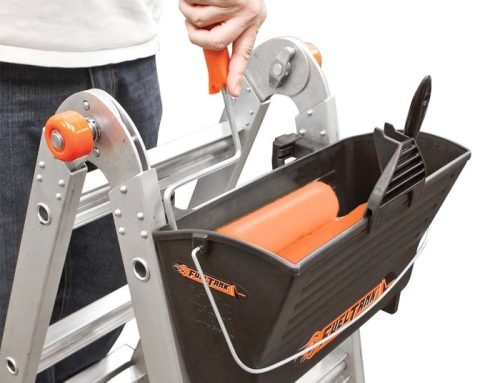When we
overheard some off-roaders talking about sand ladders we were intrigued. Was this some kind of beach equipment? Perhaps something they’d seen in a sand
sculpture competition? Out came Google
and we got the answer – sand ladders are for off road vehicles travelling in
dry, dusty or sandy terrains like a desert or, closer to home, the Ashdown
Forest or sandy beaches where heathland and dunes can pose a problem for
vehicles.
A sand ladder
is what you use to provide traction when the wheels of a vehicle have sunk into
dry, loose ground (just like dry, dusty terrains and sand dunes) and the
surface can’t provide any grip. The more
a driver tries to get out of the situation, the further the wheels sink until
they need to be dug out of the material before a sand ladder can even be
used. The sand ladder is placed in front
of the wheel in the direction of travel, and in some cases can be slipped
underneath the tyre if the ground allows.
The driver can then slowly engage the gears and drives out over the sand
ladders, freeing the trapped wheels.
Sand ladders
are often integrated into a vehicle design as the running boards, so they can
be detached when needed but serve another function when they’re not. This means no more carrying sacking and bits
of old carpet to use for friction, plus a sturdy sand ladder is far more
effective, freeing trapped wheels in a fraction of the time.
While sand
ladders are vital for driving on beaches, dunes, deserts and heathland, it’s
also advisable to lower the tyre pressure to around 18 psi. This allows the surface of the tyre to
increase, allowing for maximum contact and traction with the ground. When going up or down a slope or dune always
go straight as taking a diagonal path increases the chance of imbalance and the
vehicle toppling over. If you’re in a
remote place this is the last thing you want to be dealing with.
Speed and
momentum are also important factors, as stopping or starting too quickly can
cause wheels to sink, while not slowing slightly at the top of a dune or peak
can cause the vehicle to fall or topple over the top. When driving at an incline your sight of the
terrain is blocked, so you could miss an approaching vehicle, hidden boulder or
steep drop.
So, a sand
ladder isn’t anything to do with sandcastles or beach leisure equipment, but
something for tackling the problems associated with driving off road on
beaches, dunes, deserts and other terrains with dry loose surfaces. We can also see sand ladders being ideal for
use with animals, as a chicken ladder for birds to use when getting in and out
of the coop, or for cats to use to get in and out of an upstairs window; we’ve
written about some clever cat ladders in the past and we think old sand ladders
would be the perfect durable material for an outdoor catio or access route.






Leave A Comment
You must be logged in to post a comment.